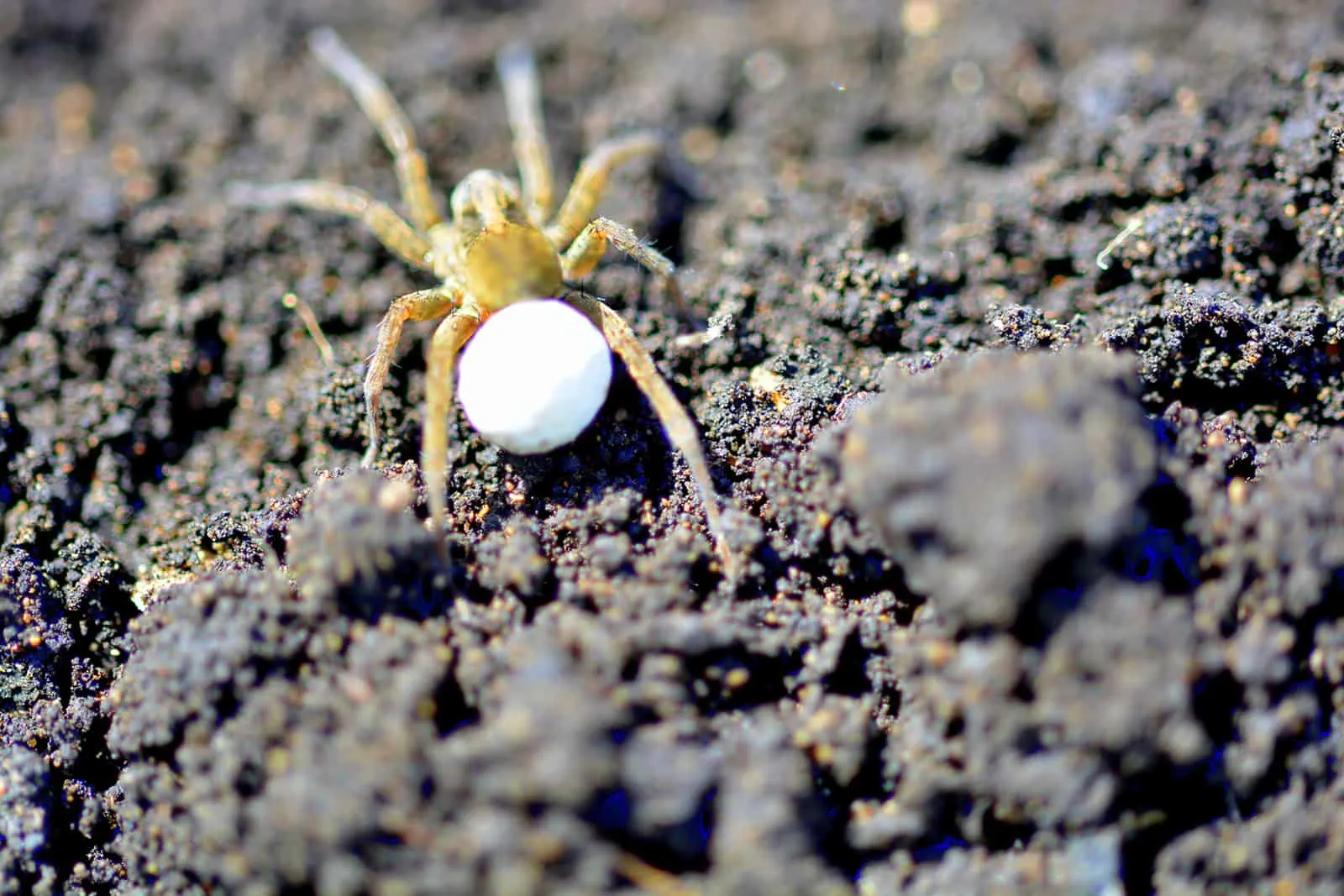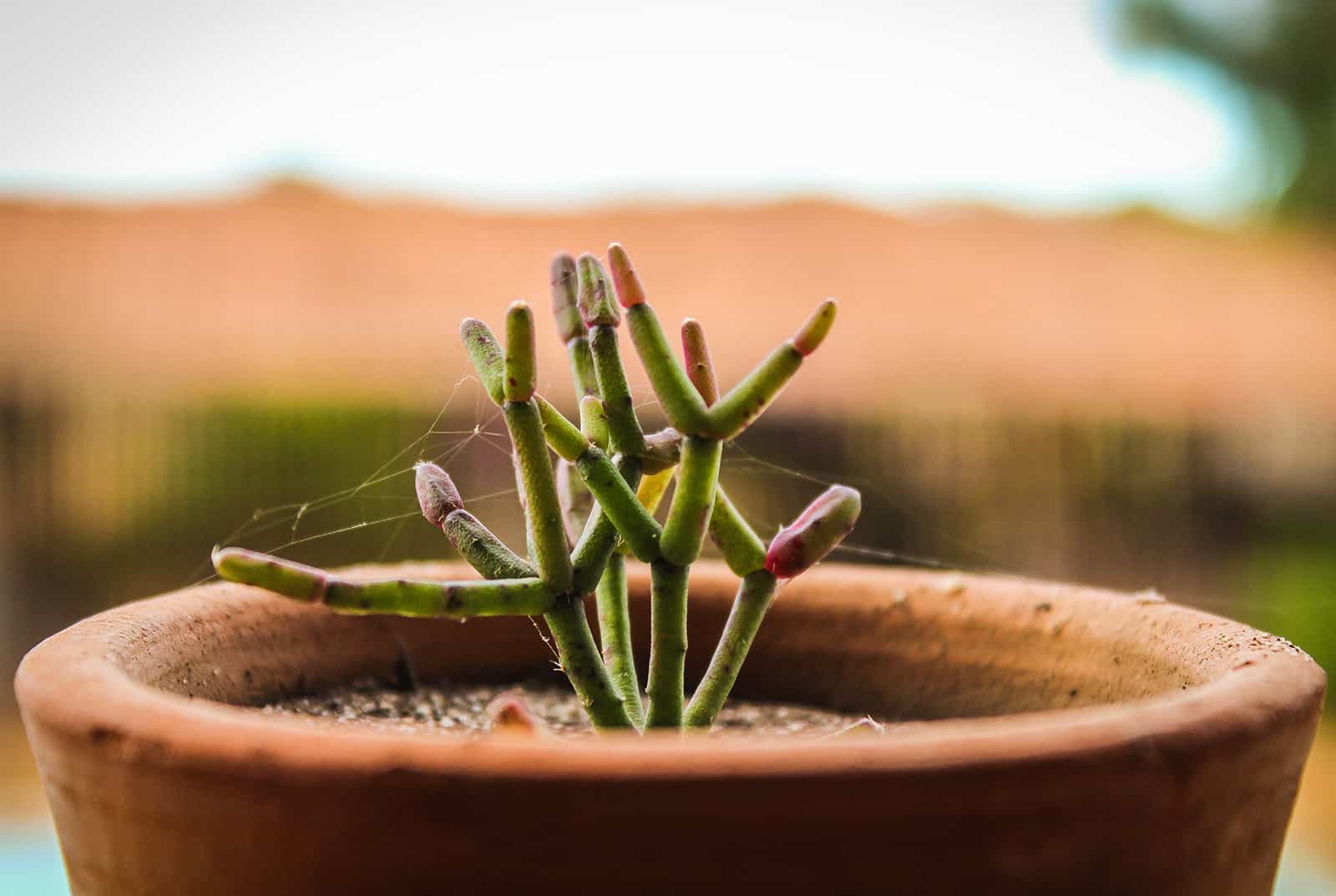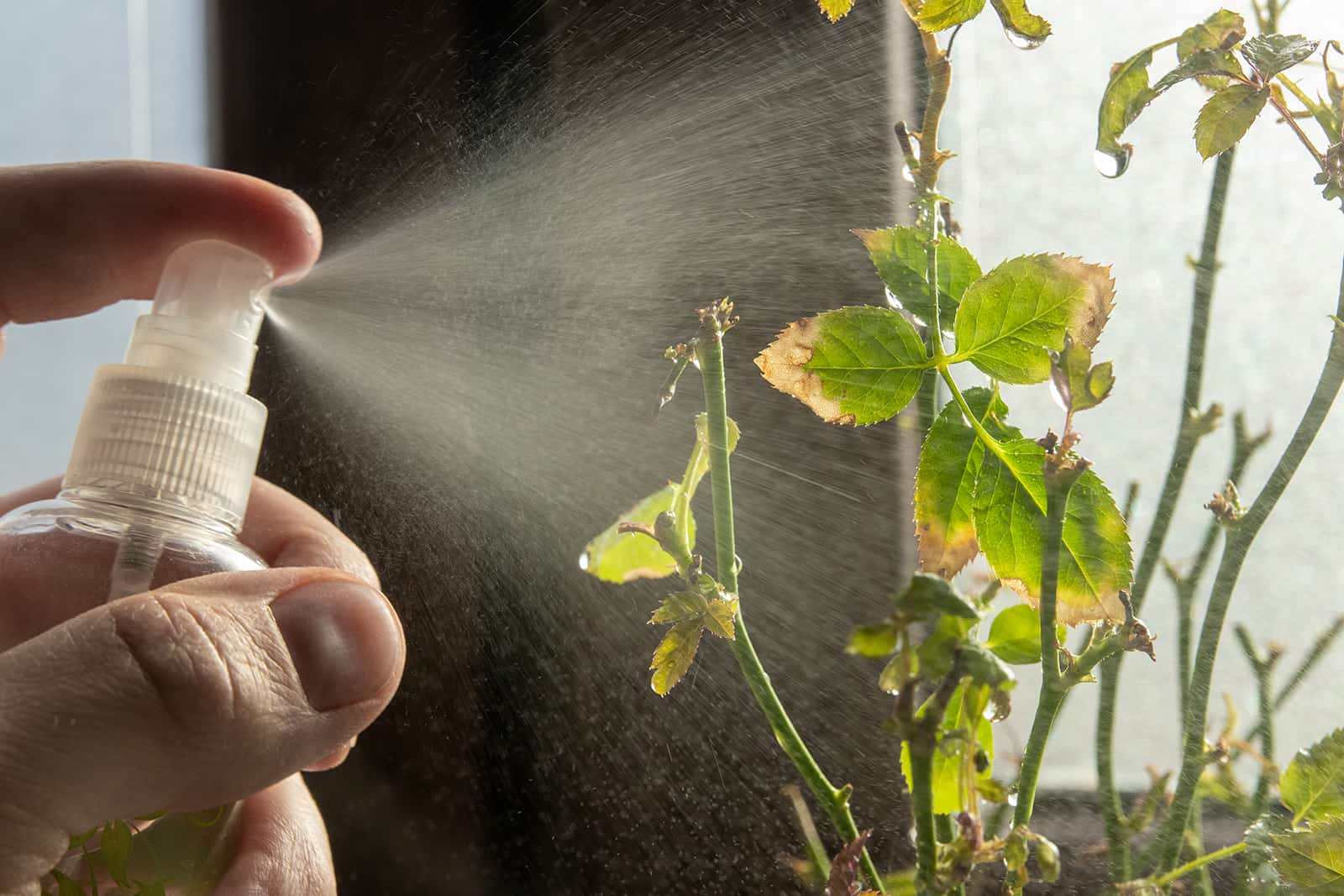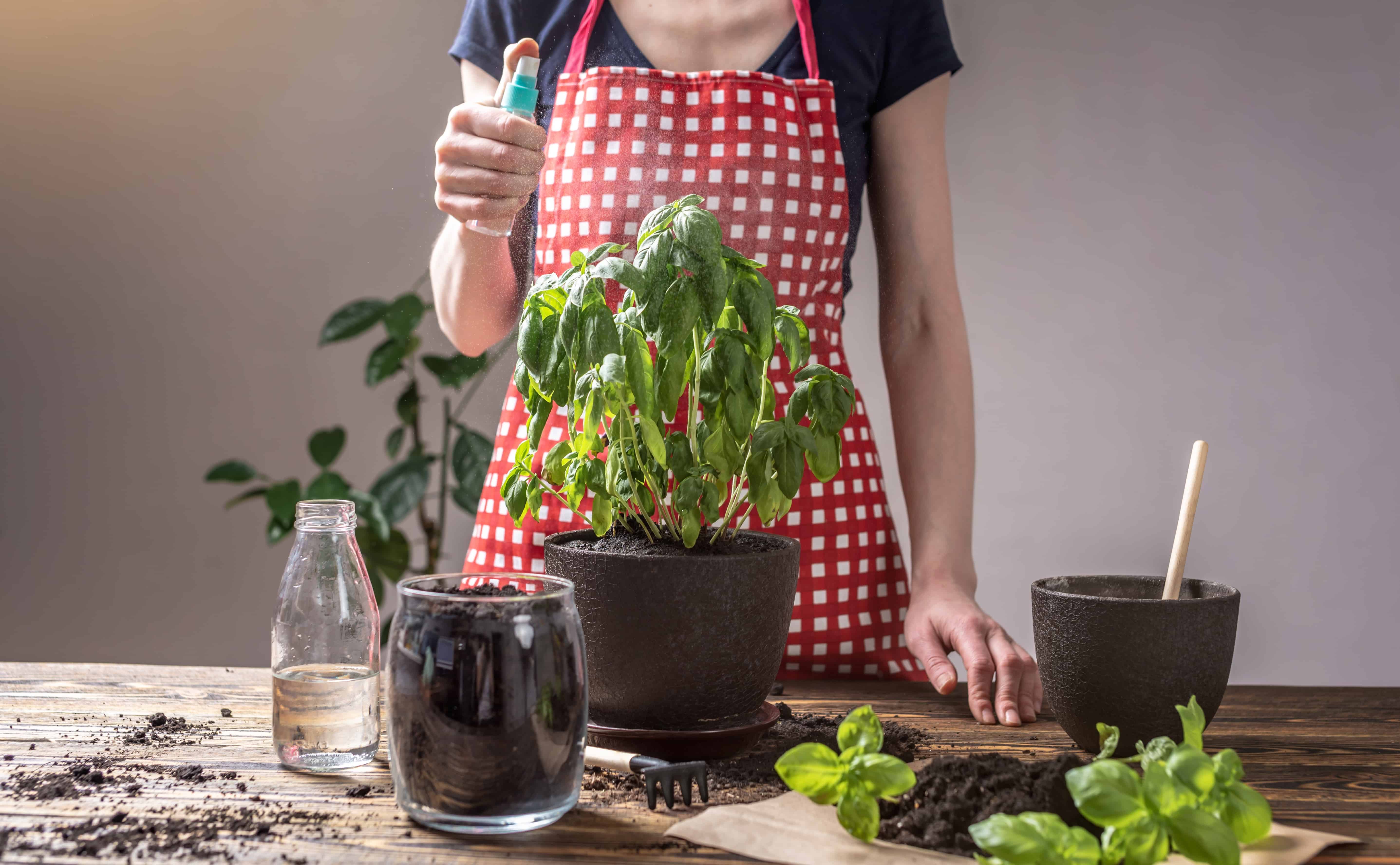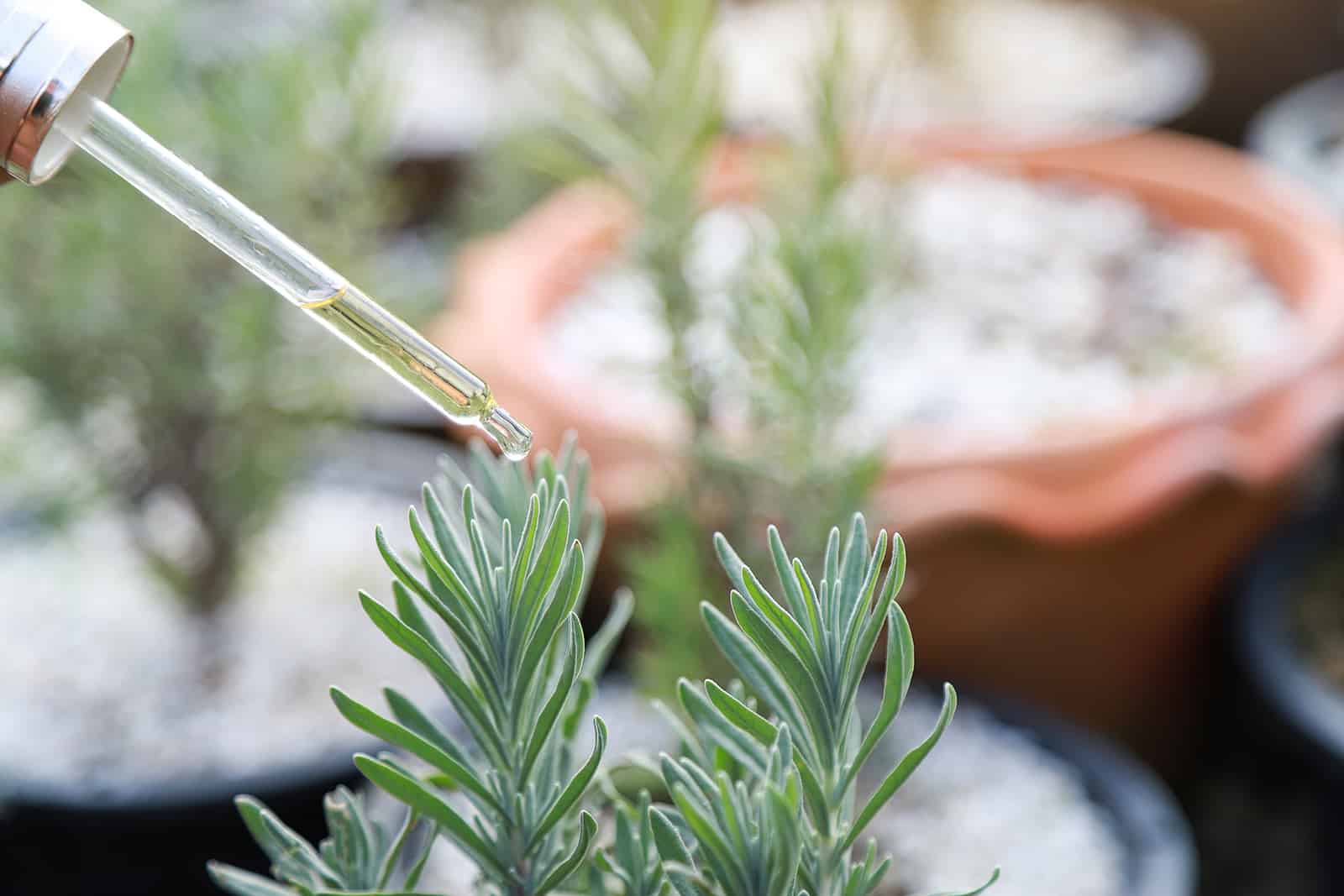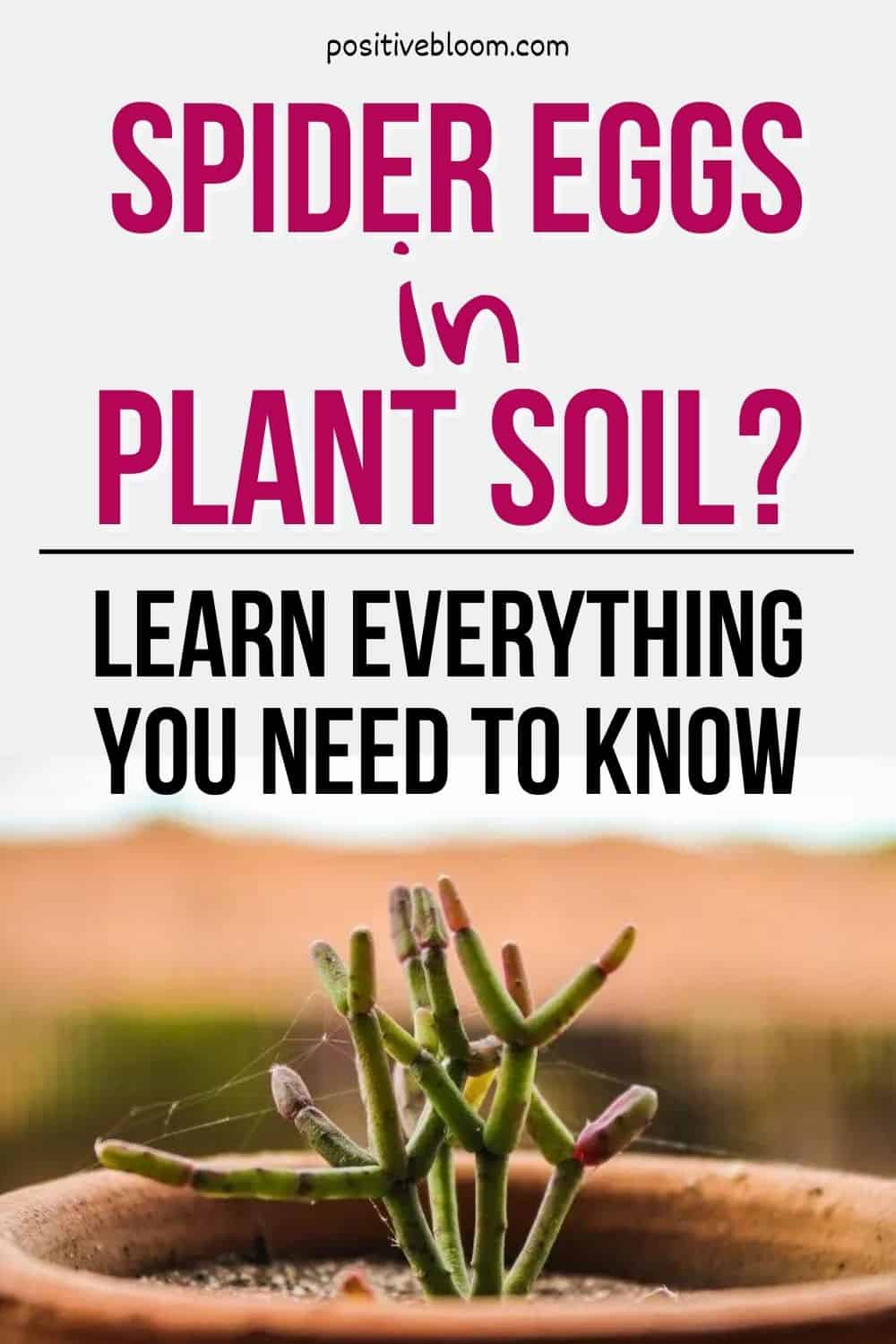I grow many plants in my house and garden. It’s expected that some issues will occur.
But one particular issue makes me the unhappiest gardener that exists. It’s called spider infestation. I’ve heard so many times how spiders aren’t dangerous to humans. But, the very thought of the speed they spread is disturbing for me.
There are many stages that come before you get a grown-up spider mite; the hardest to spot are the spider eggs in plant soil.
When getting rid of a spider infestation, you should remember that you’ll have to remove both the arachnids and their eggs (double trouble).
To help you understand what to do about this problem, I will provide you with information about the spiders themselves, how to get rid of them, and how to prevent them.
Let’s start!
Spider Eggs In Plant Soil
Spider eggs in plant soil indicate the presence of adult spider mites in the home. Spider eggs will hatch fast, and instead of 3, you’ll suddenly have 3000 tiny annoying creatures.
This is a serious condition, and if not treated accordingly could spread to your entire plant collection.
What Do Spider Eggs Look Like?
Many people often ask me, do spiders lay eggs? Well, the answer is a big YES.
The sacs of spider eggs are usually tiny, white or bright-colored spheres that resemble grapes. These eggs are typically enclosed in a silk sac.
The sac size is frequently smaller than a quarter.
What Are The Signs Of The Spider Eggs In Plant Soil?
The problem is that you can’t know what’s going on below the soil line and if there are spider eggs. But, a few tell-tale signs can help you determine if you have a spider egg issue.
The most common signs of spider mite eggs in soil are tiny yellow or brown spots on the plant leaves, webbing, and yellowing or stunted growth in the case of severe infestation.
Where Do Spider Mites Come From?
The not-so-great thing about spiders is that they can come out of anywhere.
When you buy a houseplant and place it in your home, bear in mind that if it has a few spiders or spider eggs in its potting soil, you’ll have a spider mite infestation in no time.
It’s also important to sterilize the pot before you repot the plant. Growing your plant outdoors during summer can mean it has a couple of spider mites when you bring it in. You know what happens next.
The problem is that spider eggs aren’t visible to the naked eye. Therefore, they are only noticed after their population drastically increases.
Spider Eggs Life Cycle
Everything happens fast and it is pretty gross when it comes to spiders. Let’s see the life cycle of spiders.
Stage 1: Egg
Of course, an adult spider mite lays its eggs in the soil, meaning that you already have a spider mite in your house. So, how long do spider eggs take to hatch? One adult lays about 100 eggs and they need about 3 weeks to hatch.
Fertilized eggs will become females, and unfertilized eggs will become males. There are usually 3 males to 1 female.
Stage 2: Larvae
After the eggs hatch, the larvae emerge, and they feed the second they emerge (I’ll skip my lunch today). When larvae are placed above the soil, they will feed on sap and the plant cells on the plant itself. Larvae are colorless at the beginning, and when they get enough food, they gain their color and develop 2 black spots.
Stage 3: Protonymph
The 6-legged larvae are inactive until an 8-legged protonymph is developed. At this stage, the webbing can be seen.
Stage 4: Deutonymph
The protonymph grows fast, and when it receives enough food, it takes a rest (sounds familiar, right?). They gradually go through the molting process and become a deutonymph. The webbing is present in this stage too.
Stage 5: Adult
The deutonymph feeds, goes to rest, goes through the molting process, and enters the adult stage. The adults are ready to restart the process and create even more spiders. Does it ever end? Yes, if you act immediately.
Do spiders die after laying eggs? In most spider species, females don’t die after laying eggs. The life cycle of a spider lasts for about 2 weeks. Warmer temperatures accelerate the process, and adults can develop in 7 to 10 days.
How To Get Rid Of Spider Eggs
The most common methods for getting rid of spider eggs in plant soil are drying out the soil, using neem oil, insecticidal soap or horticultural oils, hydrogen peroxide, rubbing alcohol, and imidacloprid.
It’s essential to act immediately after you spot any sign of a spider infestation. That is why it is necessary to inspect your plant from time to time. If there are changes on the undersides of the leaves, or webbing on some part of the plant, spider mites decide to lay eggs.
There are different ways to get rid of spider mites. You can choose between natural or chemical solutions. You can manipulate certain conditions at your home, which can aid you in destroying spider eggs.
Let’s start!
Dry Out The Soil
The first method for getting rid of the eggs of spider mites is allowing the plant soil to dry out completely.
Spider mites adore wet soil and will lay eggs knowing that their eggs won’t dry out before they hatch. That’s when we step in.
Unfortunately, this method only works for plants that can withstand dry soil or dry conditions. Plants that prefer constantly moisturized soil won’t be happy with your decision to dry their soil out. The same goes for plants grown in saturated soil.
How does this water-starvation work? Spider eggs need water to hatch. When you leave them without water for an extended period, they won’t be able to hatch and will eventually die.
I like this method because it can be used to disrupt the life cycles of other pests, like millipedes or springtails. Spider mites feed on these creatures; therefore, when you destroy springtails or millipedes, you are destroying spider mites’ food.
Neem Oil
Many gardeners agree that using neem oil is a great technique to eliminate spider mites and other pests such as fungus gnats, aphids, or thrips.
Each pest feeds on plant tissue and roots, so I suggest using this organic method. Roots and tissue are delicate, and we don’t want to damage them.
How does neem oil work? This may be a disturbing story, but I think you should know. Neem oil contains Azadirachtin (a toxic component), disturbing the minds of spider mites and other pests. They forget how to eat but also how to multiply. Eggs forget how to reach the larvae stage and eventually die. In this way, you’re destroying the entire colony of these creatures.
Plant growers often complain that neem oil did not work for their spider mites. The key is to use it properly, or you won’t get any results (except more spider mites).
Neem oil should be used before the plant suffers from an infestation to achieve the best results. Therefore, neem oil serves as a prevention from pests in general. You can use it 2 times a month.
I suggest you purchase agricultural base neem oil; it is more organic than one used for medicinal purposes.
Always water the plant and soil before you apply neem oil.
You can add 1/2 tsp of agricultural neem oil and 1 tsp of insecticidal soap to 1 liter of water. Don’t add less or more proportions of ingredients than suggested, as this can affect your plant.
Choose either early morning or late evening to spray the affected areas, as warmer temperatures warm the oil. It may only burn your plant.
Insecticidal Soap Or Horticultural Oils
We should avoid using pesticides as they can affect the plant’s health. Sometimes, it’s inevitable to use chemical solutions; I suggest you use insecticides specially made for spider mites in this case.
They won’t cause any damage to your plant or damage the soil. The best insecticides for spider mites are insecticidal soap or horticultural oils.
These work best for adult spider mites, so I suggest you ensure one extra solution for eggs and the other life cycle stages before adulthood.
You can mix 1 tsp of mild liquid soap and 1 liter of lukewarm water, put it in a spray bottle, and spray it over the leaves.
Hydrogen Peroxide
You can also use hydrogen peroxide to remove spider mite eggs in plant soil. Will bleach kill spiders?
Hydrogen peroxide, in fact, changes the acidity of the potting soil, which kills spider mites. Additionally, hydrogen peroxide fizzes, causing the larvae and eggs to die.
You should never apply hydrogen peroxide directly to the soil and always dilute it by mixing it with water.
Fill a spray bottle with water, add 3% hydrogen peroxide, and apply it to your potting soil.
Remember that you will have to repeat the process a couple of times until you see improvement or when all the mites and eggs are destroyed. Using pure hydrogen peroxide, mix it with water and soak the soil.
You can prune the affected parts of the plant but always sterilize any tool you use for pruning.
Rubbing Alcohol
I use rubbing alcohol to eliminate many pests, not just spider mites. Even though most indoor plants aren’t prone to problems, you need a plan to put into action if the unwanted guests pay a visit.
Apart from an excellent killing rate, rubbing alcohol stands out as a solution because it’s easy to use. All you need is a paper towel or cotton bud. Dip one in the rubbing alcohol and gently rub the leaves with it.
Now you switch to the soil—mix 1 part rubbing alcohol with 3 parts water. Fill a spray bottle with your rubbing alcohol mixture and spray it over the soil. Make sure to dilute the rubbing alcohol before each usage, as higher concentrations can burn the plant and cause more damage than the spider eggs. However, please don’t use too low concentrations either as it won’t work.
I think the spider mites won’t stand a chance with alcohol (who does?).
Imidacloprid
Imidacloprid has been proven effective at eliminating spider mite eggs.
Among the many available insecticides, I suggest you use crystallized, granular insecticides that contain imidacloprid. First, apply the insecticide to the infested soil and pour water on the crystals. In this way, the crystals will activate the poison.
You can also apply a systemic pesticide, but make sure it contains imidacloprid. The great thing about this combination is that it won’t only affect the spider eggs in the plant soil but also the spider eggs on the plant leaves.
An exciting note about spider mites though, is that they won’t remain on the plant for too long. However, if they do, imidacloprid will ensure it’s not for too long, and that they won’t come back (they’ll die).
Another advantage of imidacloprid is that it controls the growth of any other insect on the leaves or blossoms of all your plants.
Be careful when using imidacloprid; if you don’t follow the package instructions, your plant might die.
Insect Poison
You can also use insect poison to eliminate the eggs of spiders. There are many insect sprays on the market. They are used to kill spider mites and dispose of spider eggs. You can apply them to the spider web or egg sac, and its job is to separate materials and kill the insects.
Purchase insect poison, shake it and add it to a 32 oz shower bottle. This amount can cover 200-300 square feet. Spray the mixture wherever you spot insects, spider webs, egg sacs, or eggs. You won’t have to wait for too long for the insects to die. As soon as an insect is in contact with this mixture, it will instantly die.
Bacillus Thuringiensis Israelensis
If you conclude that you are dealing with a spider mite infestation, you can use Bacillus Thuringiensis Israelensis.
Bacillus Thuringiensis Israelensis, commonly known as BTI bacteria, is found in the soil as it lives there. This bacteria attacks larvae rather than spider eggs. The larvae won’t make it to adulthood, meaning that the pest infestation will end in a couple of weeks.
This is a wet treatment for plant soil. Always dilute it with water to avoid any damage to your plant roots. Apply it to the soil.
DIY Versions
Sometimes it’s not possible to purchase any pesticide due to many different reasons. One of the main reasons is their price. Fortunately, there are always DIY solutions to everything.
You can use Castile soap; it contains fatty acids that suffocate spider mites. After you apply the soap, the spiders choke, dehydrate, and die off.
This is a straightforward method, and it’s easy to make: mix 1 tsp of liquid soap with lukewarm water. Fill a spray bottle with the mixture and spray it over the houseplant soil.
You can also use Castile soap for the entire plant. Dip a sponge in the mixture and rub the plant. One exciting way to apply Castile soap is to soak the entire plant in the mix until you see that the spider mites and eggs are gone. Repeat this a couple of times, until the plant shows signs of improvement.
There are 2 advantages of using Castile soap:
• It’s safe for children, animals, and pollinators.
• It can kill other pests like aphids, thrips, mealybugs, and whiteflies.
Another natural spider-mite killer is rosemary oil; mix it with lukewarm water and spray it over the soil. I often use apple cider vinegar too.
The great thing about natural pesticides is that you don’t need to worry if any harmful toxins will contaminate your plant. This is also important for our food; if you apply chemical pesticides at your house, it might contaminate the food.
Natural Predators
You can also control spider mites biologically by using natural predators
The natural predators that control spider mites’ growth are:
• Predatory mites
• Ladybugs
• Lacewings
The only thing is, you will have to prepare an environment if you want to attract these beneficial insects. These insects despise excessive amounts of pesticides, mulch flowers, and flower beds, so make sure to reduce the usage of each.
You can also purchase natural predators at markets or online. They can be used for different types of plants and are completely safe for humans and pets.
How To Prevent Houseplant Pests Infestation
It’s always better to prevent any issues, especially spider mites, as they are not pleasing to see.
Additionally, an infested plant is really demotivating as you spend so much time caring for it
How To Control Spider Mites, Mealybugs, And Fungus Gnats?
- Clean the plants regularly, and don’t forget to dust the leaves.
- A few spider mites can be washed away by a good stream of water.
- Be consistent when watering and keep the soil moist, as spiders despise dry soil.
- Use a humidifier to keep the moisture level perfect for your plant.
- You can grow different outdoor plants in your gardens, like chives or chrysanthemums, to repel spider mites.
- Keep new plants away from the existing ones for some time to avoid issues.
Wrapping Up
Spiders aren’t on my list of favorite creatures – they are probably on the list of creatures that I hate.
You’ll most likely need a magnifying glass to spot spider eggs in plant soil. Still, it’s essential to spot them in good time, to prevent a severe pest infestation.
If you aren’t sure that the plant will get better, I suggest contacting pest control.
There are many ways to get rid of spider eggs. You can choose between organic and chemical methods. No matter which one you choose, the goal is to save your plant.
Like this post? Share or pin it for later!

